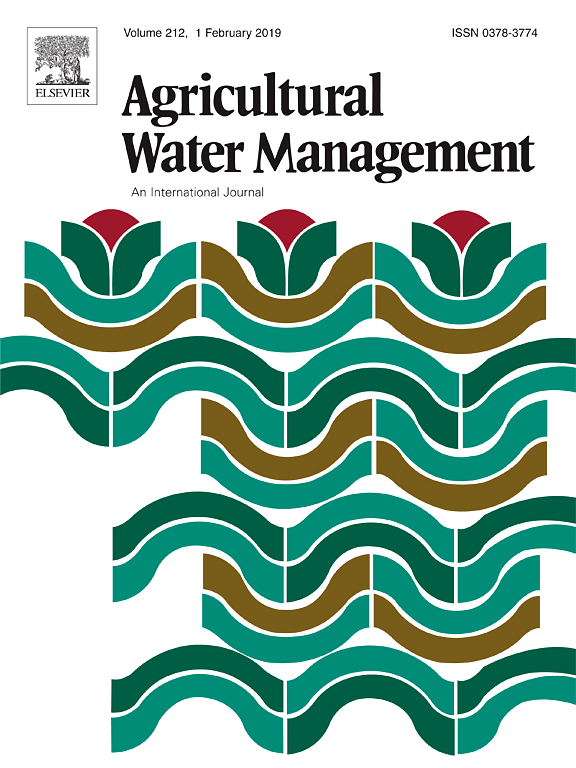We compare individual risk preferences elicited through a classic Ordered Lottery Selection (OLS) procedure with five gambles, and an extended procedure composed of nine gambles. The research question is about the consistency of the risk preferences across these two elicitation variants. We implemented a field experiment with 1002 rural households in the Congo Basin from December 2013 to July 2014. We show that 1/3 of the sample is extremely risk averse regardless of the procedure. We found inconsistencies in risk preferences elicited across procedures. Indeed, 45.71% are characterized by inconsistency of preferences, either weak (34.53%) or strong (11.18%); 42.81% of the sample exhibits consistent preferences and the remaining 11.48% of the sample - initially risk neutral in the classic procedure - is classified as risk loving in the extended procedure. Undereducation can be seen as the main driver of the strong inconsistency since the incremental change brought about by the attainment of secondary school on the likelihood to remain consistent is ten times greater than the other considered drivers.
Download:
DOI:
https://doi.org/10.1057/s10713-021-00062-7
Altmetric score:
Dimensions Citation Count:

























